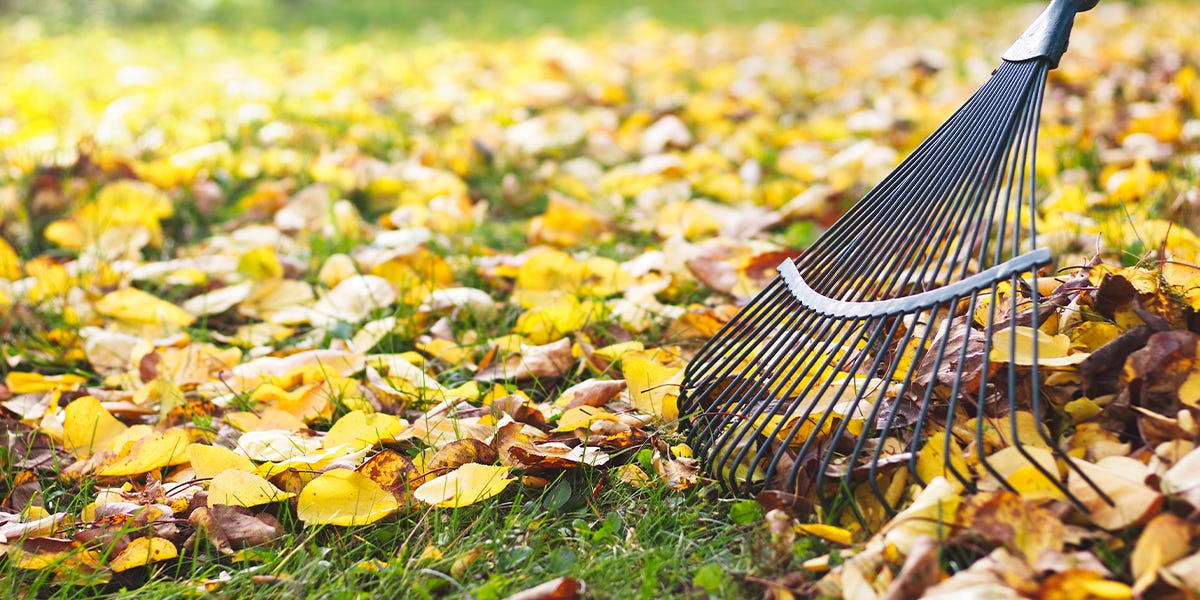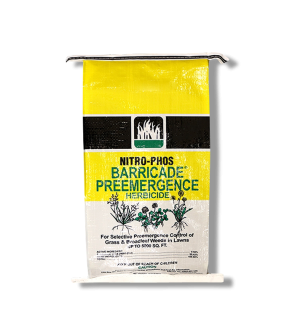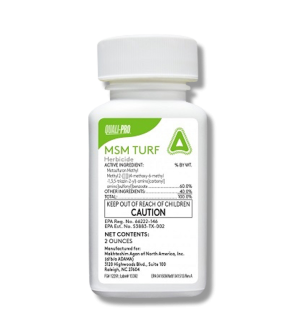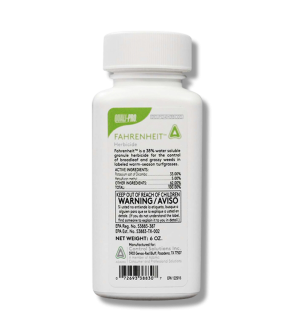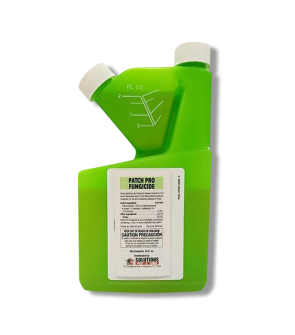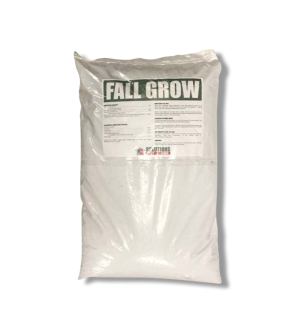Fall Lawn Care Myths
Most Effective Products
Fall Lawn Care Myths
This page is a general article that discusses common misinformation and myths about fall lawns. Throughout this DIY guide you will find detailed facts, information, and links to increase your knowledge about fall lawn care. By reading this article, you find professional products and expert advice to increase the appearance of your lawn throughout the fall season.
When it comes to fall lawn care and maintenance, homeowners usually assume that none is needed due to the decrease of pests and hibernation of plants. These assumptions often lead to irreparable damages and death of foliage. What most homeowners do not know about fall is that it is the time when lawns will look their best despite of discoloration and lack of plant growth.
Without proper knowledge it is hard to know what is and isn't true about fall lawn care. The truth is leaving your lawn up to mother nature may prove to be more harmful than good. Typically, most fall lawn care practices start at the beginning of September to the end of November. This being said it is still not too late to begin effective lawn care as long as there is no evident frost, snow, and grass is not completely dormant.
Misleading myths about fall lawn care may be keeping you from giving your lawn the attention it requires. Throughout this article misleading fall lawn care myths will be debunked, read on to learn why these myths need to be debunked.
Myth: Watering is Not Required

When the fall weather arrives in most places the days become shorter and the weather decreases in warmth. This slows the growth of plants, which may take longer to soak in moisture. For this reason, most homeowners take this as a sign to reduce or completely cease watering their lawns and plants.
Fact: Grass continues to grow in the fall, especially if you have cool-seasoned turf. This type of turf prefers to grow in cooler weather conditions and hibernates during the warmer weather such as spring and summer. If you notice that your turf is growing slower or becoming discolored in the fall and winter months then it may be a type of warm-seasoned turf.
Watering for warm-seasoned turf and cool-seasoned turf should be performed during the early morning at least once a week with an inch of irrigation. Performing this task in the morning will allow the grass to have enough time to soak in the moisture.
Myth: Leaf Piles Insulate Lawn From Cold

For many homeowners, fall brings a change in coloration to our foliage that leads to piles of leaf's across lawns. Leaving fallen plant leaves and other debris on the top of lawns surfaces is a highly debated issue. While leaves do release nutrients from decomposition and some form of insulation against the cold this is not completely effective.
Fact: Letting leaves stay where they fell throughout the fall and winter season chokes out sunlight from turf causing it stunt growth. In wetter climates, these leaves become soggy drawing in moisture-dependent pests such as cockroaches. This will also support fungi and disease growth some of which can kill your lawn and foliage. We recommend using Patch Pro to eliminate a broad-spectrum of fungi and disease from your turf.
Removing the leaves from your lawn and other grassy areas by raking is best method of leaf control. Rake your lawn at least once a week to avoid excessive piles and disease growth. Gather piles of leaves into a sealed trash bag to dispose or burn.
Myth: Mowing is Not Required

Cooler weather does slow down turf growth, but this does not mean that your landscape can go unkept. Some finer texture grasses such as Bermuda do best at a shorter mowing height of 1 to 2 inches while turfs with wider leafed lawns prefer taller mowing heights of 2 to 3 inches. Continue cutting your grass at these heights until growing stops. As a general rule of thumb, avoid cutting more than 1/3 off the turfgrass leaves to prevent unsightly damage.
Fact: Mowing should be continued until frost or snow covers the ground. Once this happens winterize your mower by sharpening or replacing the blades, change the oil and its air filter, and inspect or repair for any other types of damages.
Myth: Weeds Die in Cooler Weather

Frost does not eliminate many weed species as there are some that thrive in the cooler weather of fall such as chickweed, bittercress, and henbit. Though weeds are not present both summer and winter weeds leave their seeds in the soil before dying off to emerge the following spring and summer season.
Fact: To control non-emerged weeds and their seeds, we recommend using a pre-emergent herbicide such as Barricade. When applied at the right time, usually at the beginning of September, this granule product keeps various grassy and broadleaf weeds like bittercress and henbit from emerging in your lawn. Depending on your turf species, you may be using anywhere from 1.5 to 4 pounds per 1,000 square feet.
Depending on whether you have cool-seasoned or warm-seasoned turf you will want to use one of the following herbicides: Fahrenheit Herbicide or MSM Turf. Fahrenheit Herbicide is a water soluble granule that should only be applied to warm-seasoned turf. MSM Turf is a granule product that may be applied to cool-seasoned turf.
To use MSM Turf, apply 0.5 to 1 oz. of product per acre. If you are using Fahrenheit herbicide, use 6 to 12 oz. of product per acre. A repeat application may be required in 4 to 6 weeks for either product being used.
Myth: Leaves are Fall's Best Fertilizer

As previously discussed, fall leaves can be a ideal source of nutrients for lawns. However if used incorrectly then this natural fertilization provides several risk factors leading to increase of time and damages.
Fact: Fall is the best and most crucial time to fertilize since the turf is recovering from past pest and disease activity. Applications should be made with a fertilizer specially designed for the fall season and your turf type. We recommend using Solutions 8-12-16 Fall Grow Fertilizer at the application rate of 5 lbs. per 1,000 sq. ft.
Fall fertilizations should be made at the middle of August to mid-September for early weed control with the latest applications made mid-October to mid-November. Applications after these timings can encourage turf to continue to grow during the winter season and not enter a state of dormancy. Turfgrass that is not within their normal dormancy periods suffer from bare patches of lawn and death the following spring season.
To apply Solutions 8-12-16 Fall Grow Fertilizer, you will need to use a push spreader. Load the correct amount of Solutions 8-12-16 Fall Grow Fertilizer into your push spreader and begin at the edge of your treatment area. You will walk in a straight line around your treatment area at an moderate pace. Once the edge of the treatment area has been applied you will proceed to walk in back and forth motion to cover the untreated space in the center.
Once your fertilizer is applied water it with an inch irrigation.
Key Takeaways
When Should You Start Fall Lawn Care?
- Fall lawn care should begin from mid-August to mid-September and continue until mid-November.
How Short to Cut Lawns During the Fall?
- Depending on the type of turf in your yard will determine the appropriate mowing height. Cool-seasoned turf should be mowed between 2 to 3 inches in height. It is always best to avoid cutting 1/3 of the grass to avoid scalping the lawn.
How to Control Weeds in the Fall?
- Control weeds in the fall by applying a pre-emergent herbicide like Barricade. To control weeds already present in your lawn use MSM Turf or Fahrenheit Herbicide depending on the turf type.
